Alice: Curiouser & Curiouser – V&A, London
A review of the V&A’s Alice in Wonderland-themed summer exhibition. A blockbuster without the crowds (at least when I visited)!
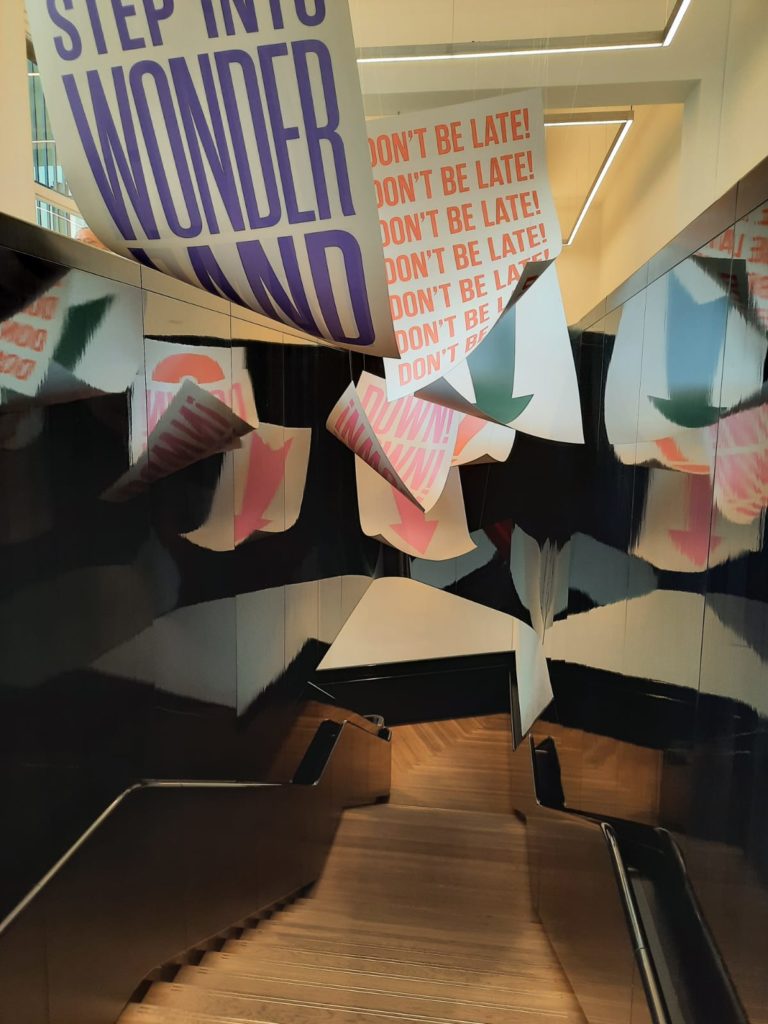
Alice: Curiouser and Curiouser
This exhibition at the V&A has been highly anticipated. Including by me, who had tickets earlier in the year which I had to reschedule when dates kept shifting. So it was a delight to finally be able to go and see it. This is the V&A’s blockbuster exhibition for the year, so visiting while it was relatively quiet with low visitor numbers was definitely something of a treat. Otherwise all the elements of a blockbuster exhibition are there: popular subject matter; bold exhibition design with plenty of Instagrammable bits; fun interactive exhibits; good merchandise. It must have been a disappointment to the exhibition team not to get more people through in the first months, yet at a same time a relief that it’s now open!
Like a lot of people, I have a soft spot for Lewis Carroll’s ‘Alice’ stories. The V&A cast their net very wide with the exhibition – there is information on the stories and their origins; their context within Victorian England; the publishing and illustration; adaptations of all kinds; and their enduring legacy on almost all imaginable art forms. This means there is something for everyone, across all age groups. It also means that at times you have ‘huh?’ moments. More on those in a bit. Let’s get down that rabbit hole then and take a look at the exhibition!
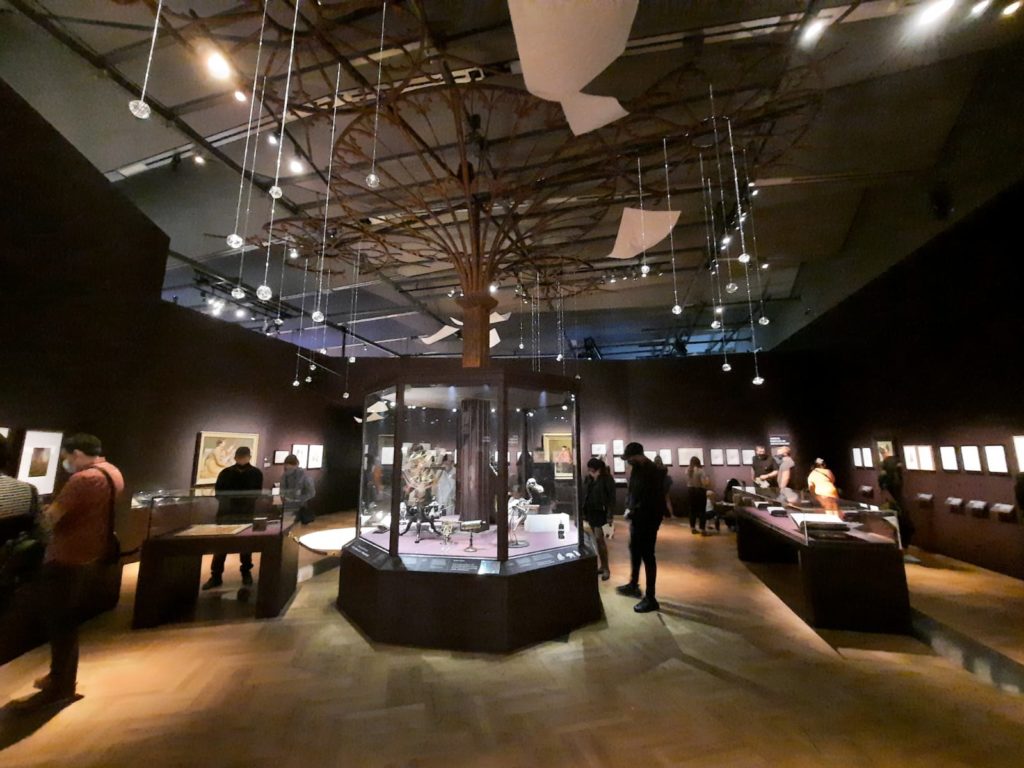
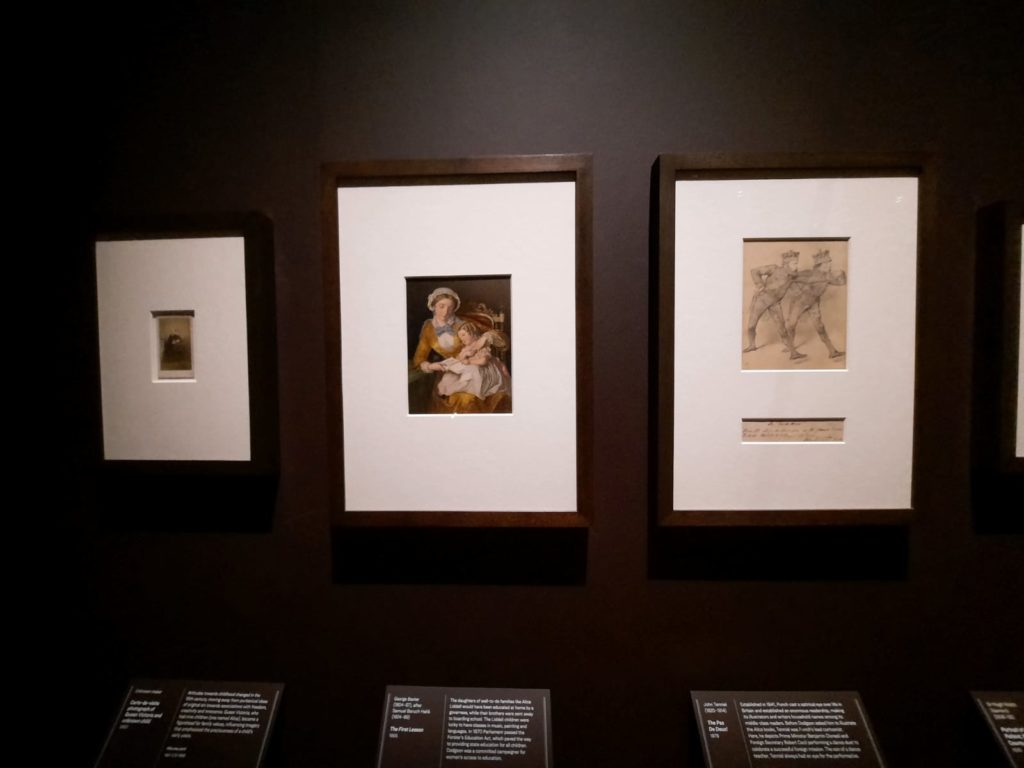
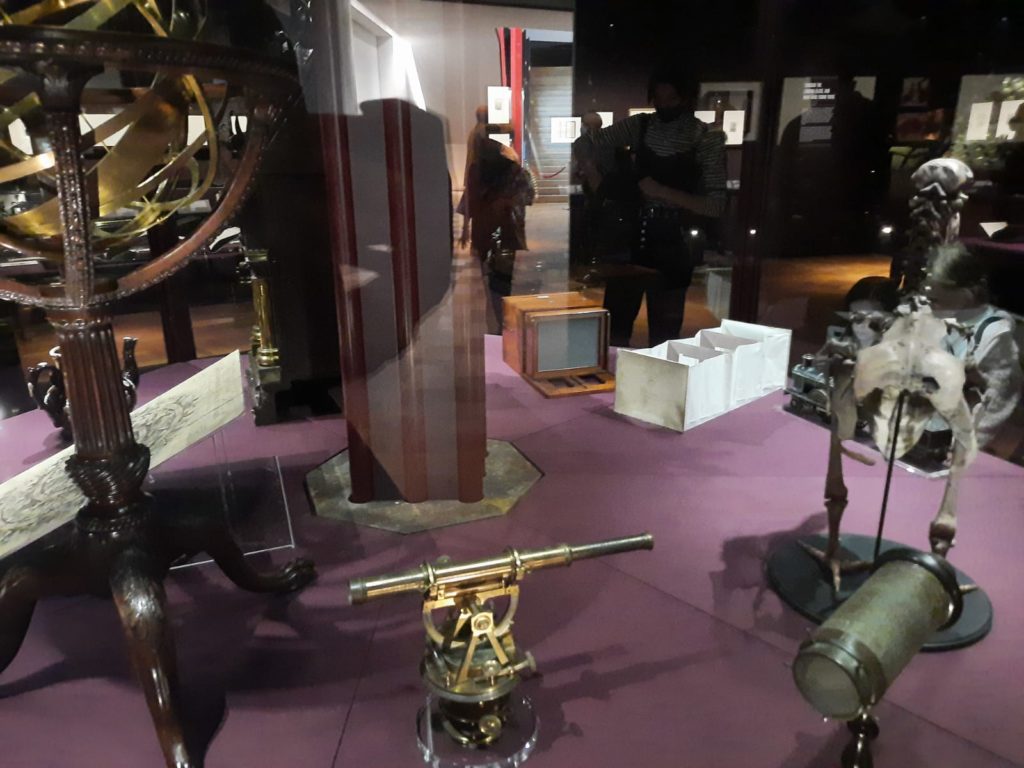
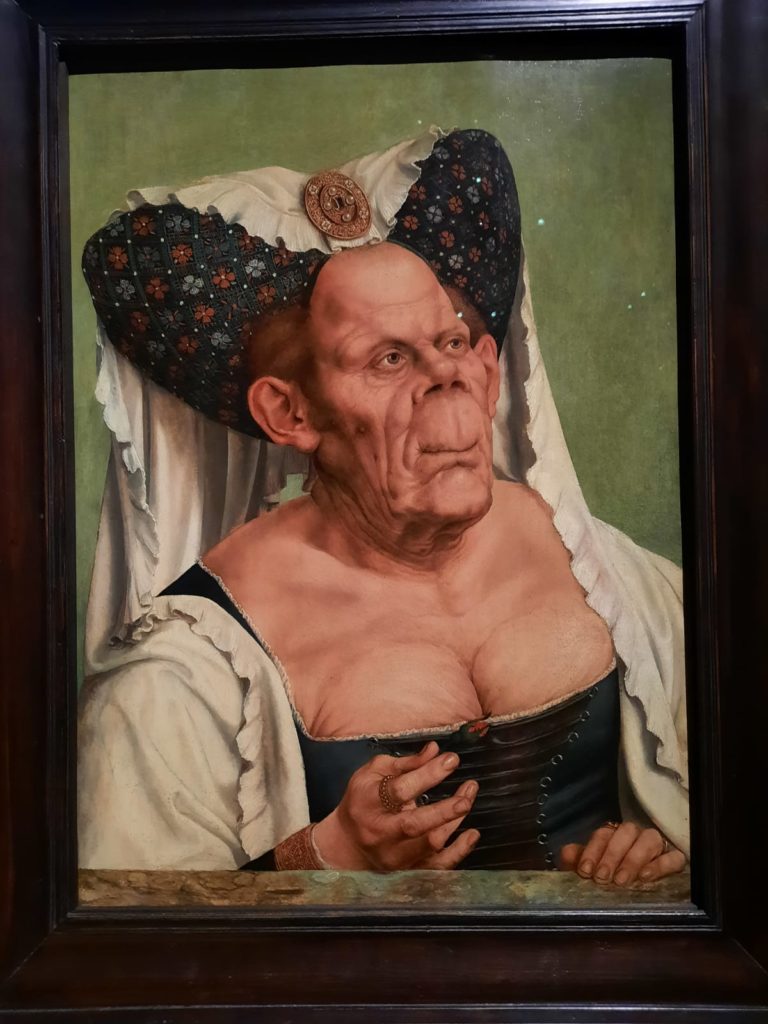


Setting The Scene
One thing which this exhibition does very well is to contextualise. The first section, which as you can see above is quite extensive, sets the scene in which Alice’s Adventures in Wonderland emerged in 1865. With remarkable brevity we learn about Carroll’s (or rather Dodgson’s) social circle, which included Pre-Raphaelites and stage performers. We learn how the Victorians viewed childhood differently than previous generations had done. We learn about the contemporary interest in science and discovery; how printing technology allowed some of the fun of the book to come through in print; how John Tenniel’s artistic vision and Carroll’s attention to detail created our lasting images of the characters; and how quickly the books’ fame spread through translations and merchandise.
For me, this section served a dual purpose. It quite quickly establishes a solid foundation of knowledge. We can see why the books struck a chord, how they fit into the Victorian landscape, and why it is that we all grew up with them more than a century later. It also means that the Alice in Wonderland ‘purists’ are satisfied early on. They can see photographs of Alice Liddell, the inspiration for the fictional Alice. There are original printing plates and marked-up proofs. There are historic toys and games, some Alice-themed, some belonging to the young Charles Dodgson himself. It knocks on the head any suggestion that the exhibition might be too gimmicky or too technology-driven or too anything else. Very smart curation and exhibition design in my opinion!
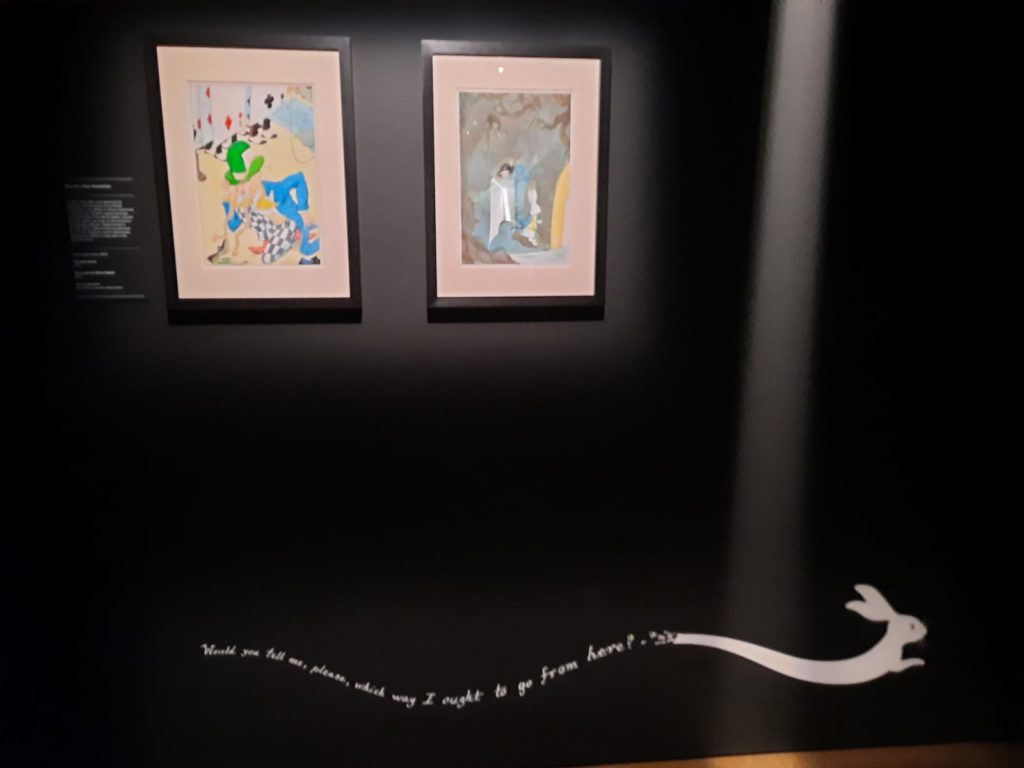
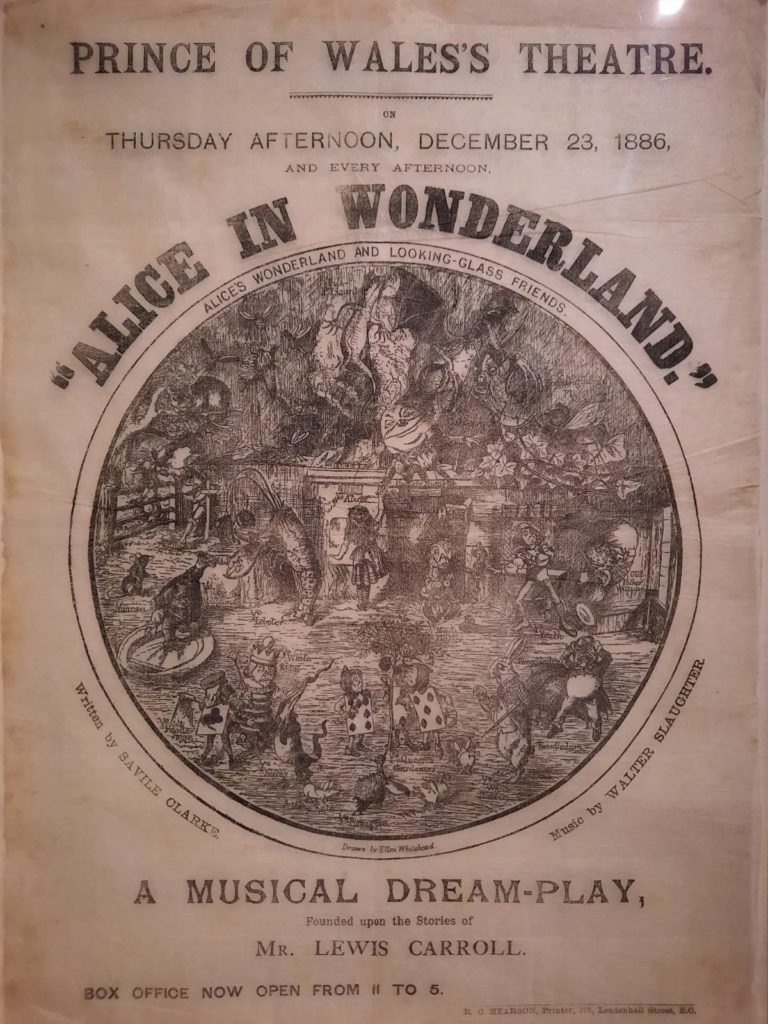
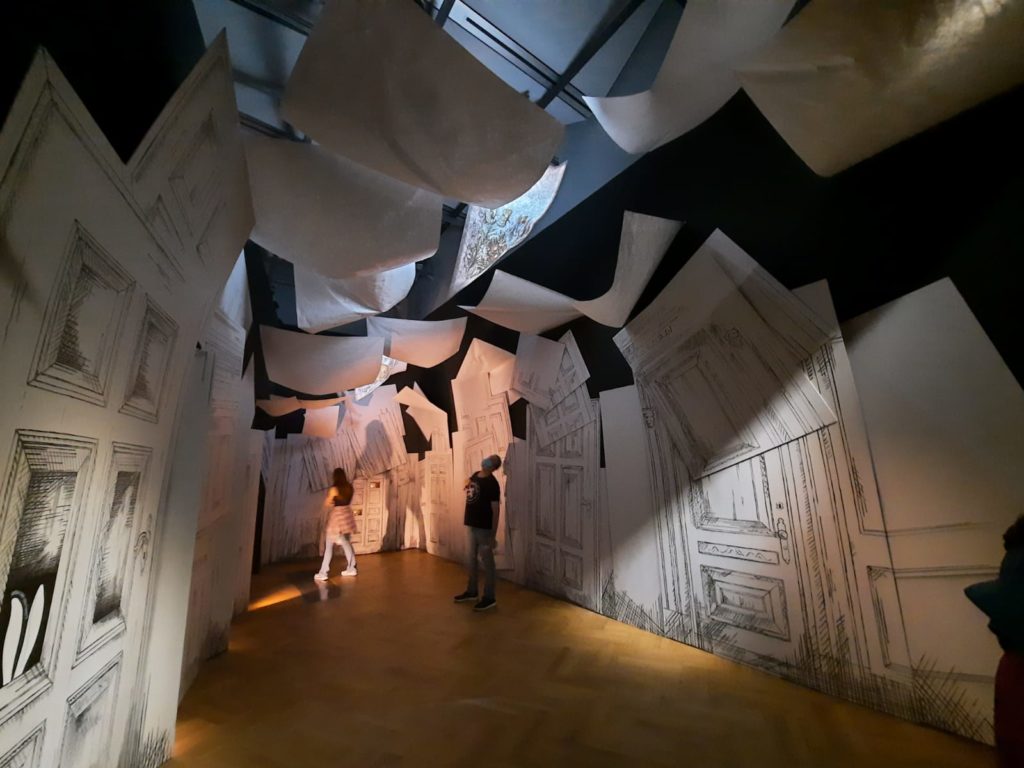
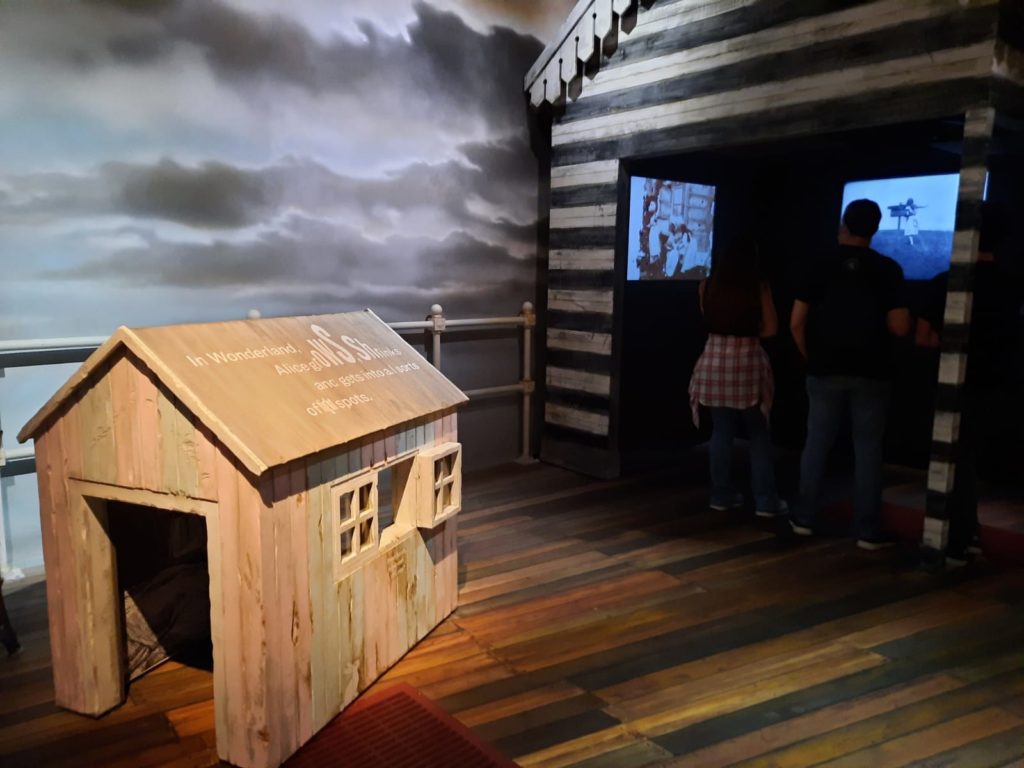
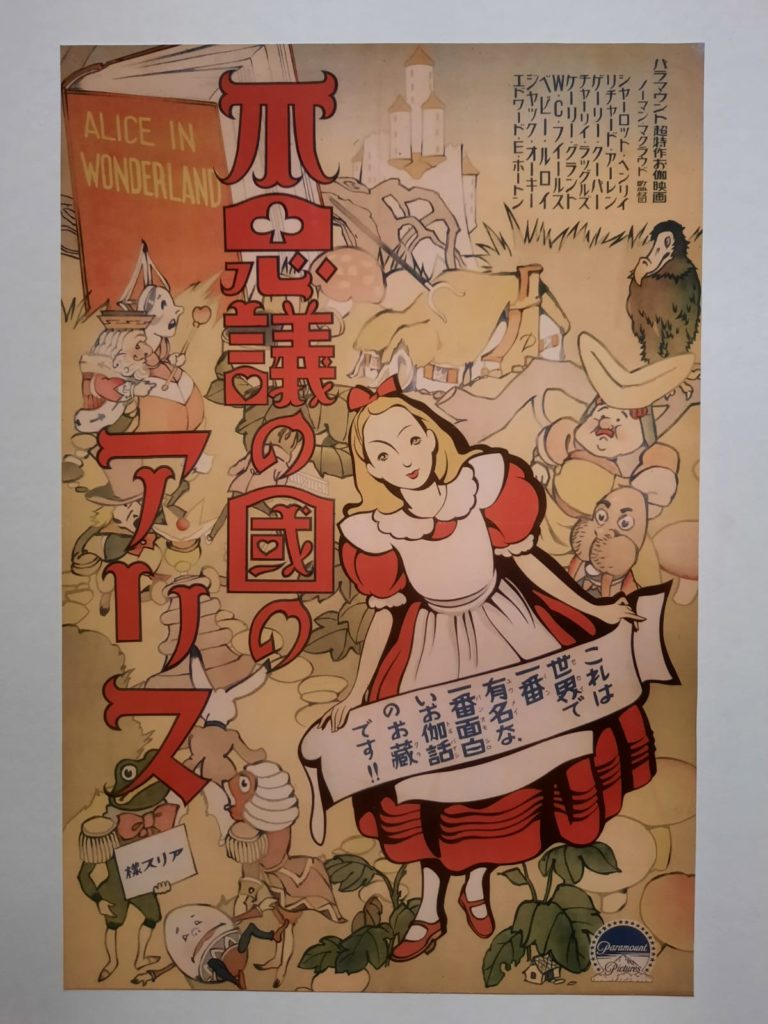
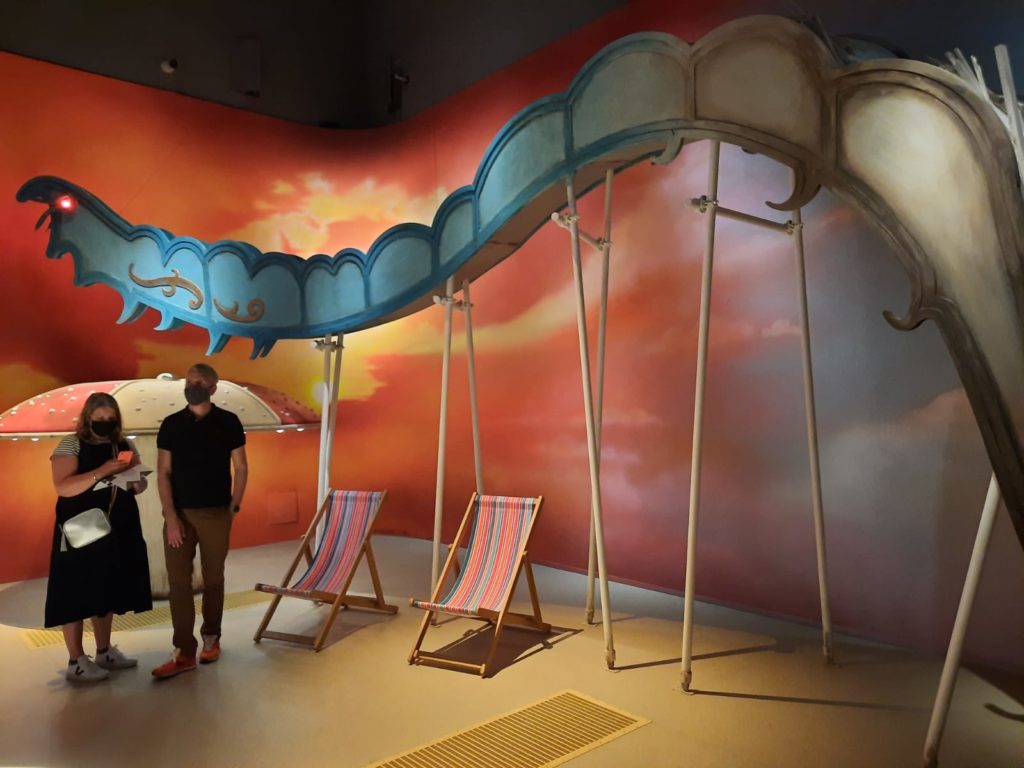
Adapting Alice
The next section of the exhibition focuses on adaptations. Of which there are many. And then even more than you thought there were. Before there were films, there were stage plays. Basically as soon as silent film existed (1903), there was an adaption of Alice’s Adventures in Wonderland – then the longest film then created at around 10 minutes. Then there were many, many more film adaptations. There is a focus on the Disney version, of course, with the wonderful character designs by Mary Blair. And there is even a section on the way that the innocence of the story of Alice can be subverted as political commentary, exploring suppression in Spain under Franco, or critiquing Western imperialism.
This section on adaptations also has a fun fairground feel. The caterpillar on his toadstool looks like an abandoned wooden rollercoaster; and you can peep into a little house or wind Alice’s neck up and down with a wheel. It keeps things fun, and ensures that there is something for the children to do while the adults take in the detailed information. To me it felt like there was a good breadth of adaptations covered in this section. A breadth of geographies, of purposes, of media. It shows just how pervasive the story has become, and how it has seeped into all of our subconsciouses in the almost 150 years since its first publication.
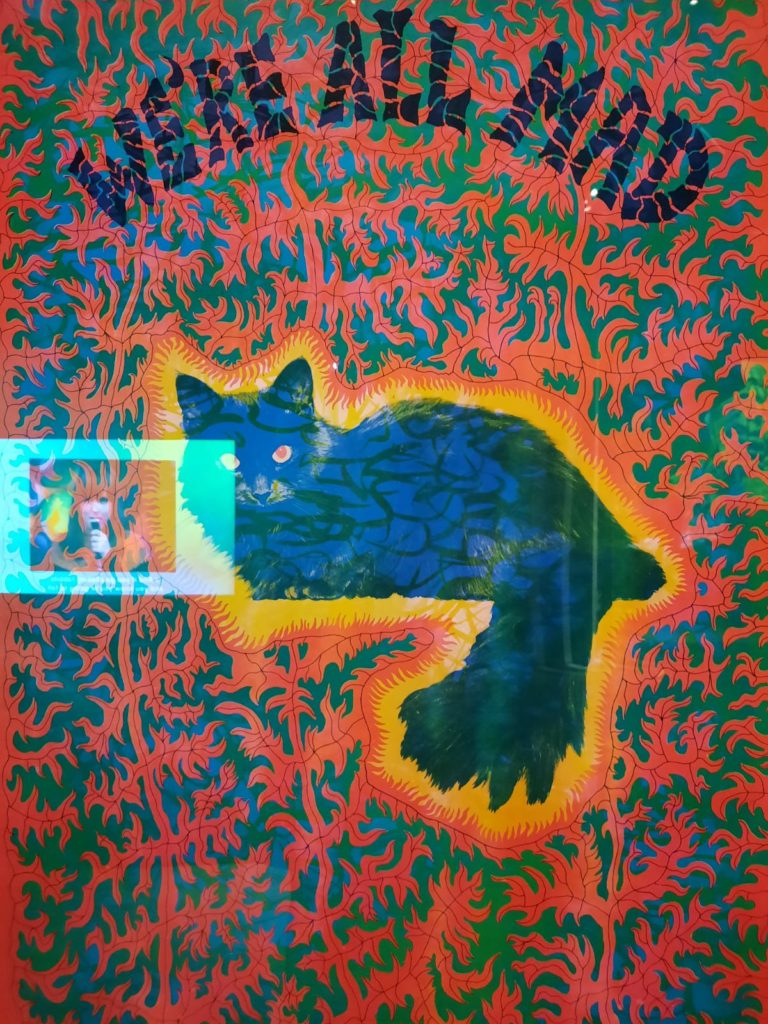
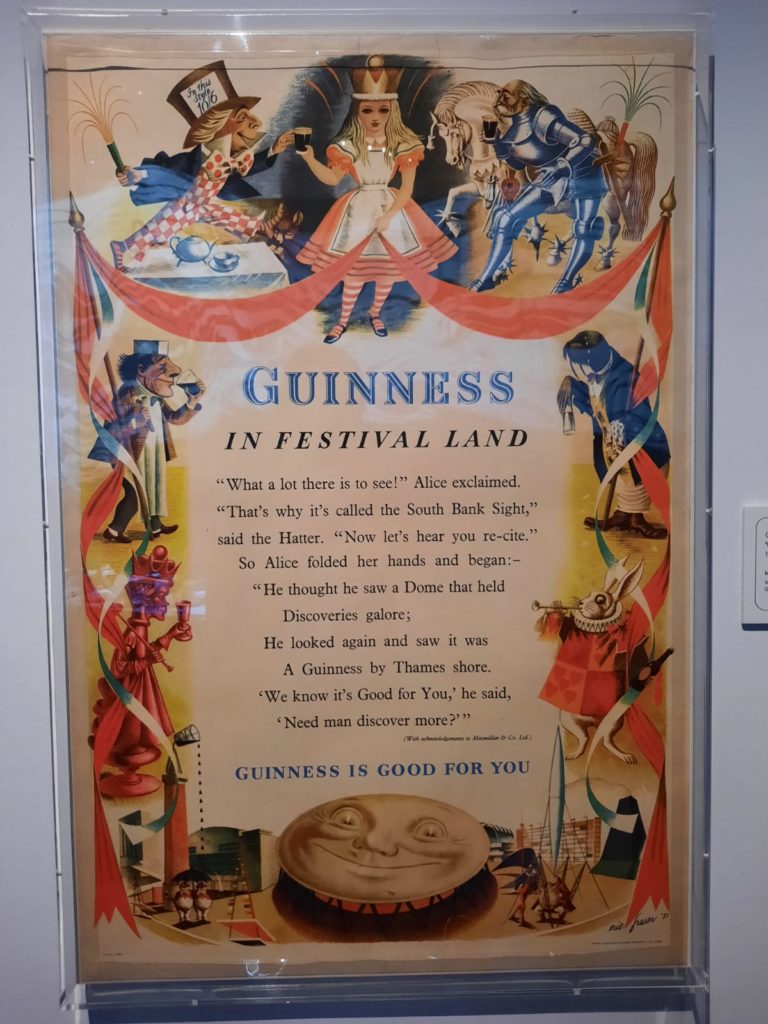
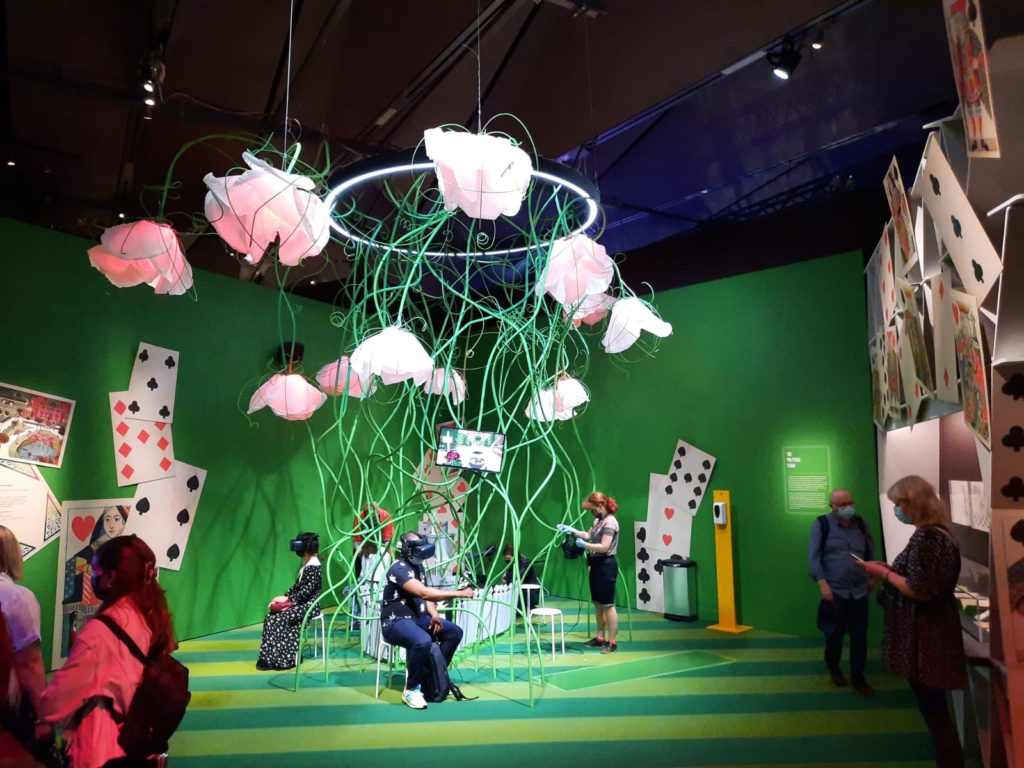
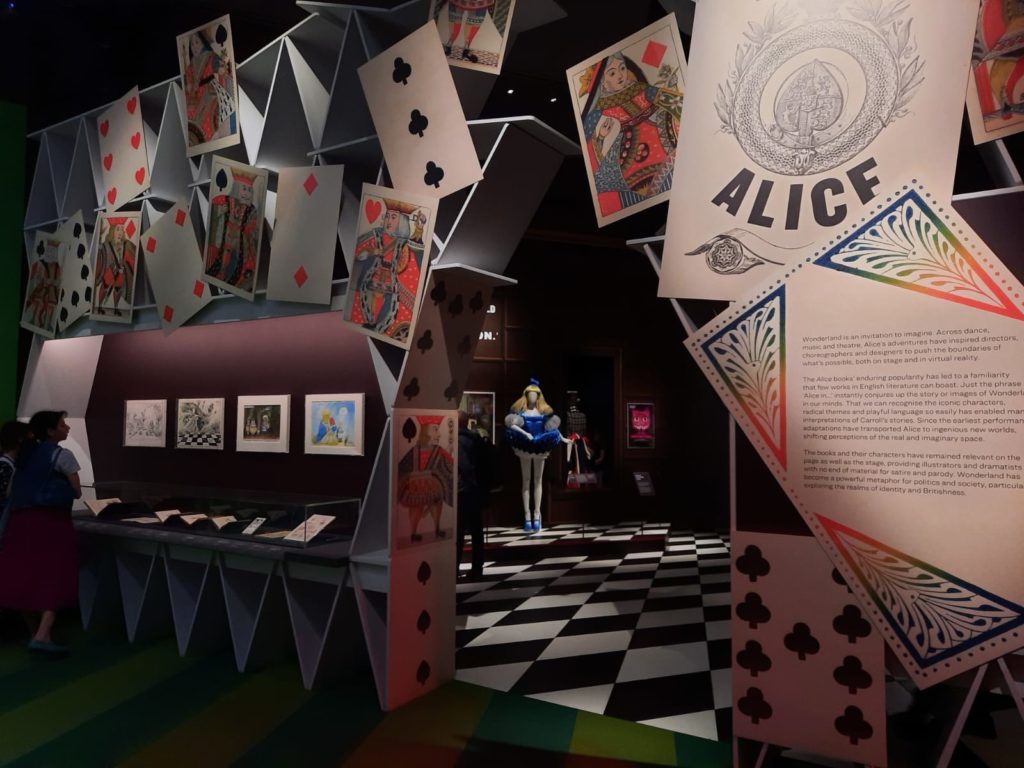
Reimagining Alice
Reimagining Alice is the title of the next section. Building on the survey of adaptations, this section looks at other purposes that Alice and the cast of other characters have been put to over the years. They pop up in advertising. They are co-opted by psychedelic artists, musicians and in a National Theatre musical (wonder.land) as a drug metaphor. What this section showed me is the extent to which we have various shorthands referring back to Alice’s Adventures in Wonderland which are widely understood across (at least) Western culture. The White Rabbit, the tea party, the Mad Hatter… We don’t need very literal interpretations to recognise these scenes and characters. Perfect for marketing, where it’s all using shortcuts to our emotions and pre-conceived ideas.
The other thing in this section is a virtual reality game. How fortunate that I came when visitor numbers were low – the queue was quite slow moving, but at least not long. I was discussing VR not that long ago in the context of Current, Rising at the Royal Opera House. Well this is one of the more static kinds of VR, but at least is interactive. You are seated throughout, but have to grab a Drink Me bottle to start the sequence off, and play a fun game of croquet by flinging hedgehogs around. Worth the wait in my opinion, but then again I’m getting quite partial to VR now!
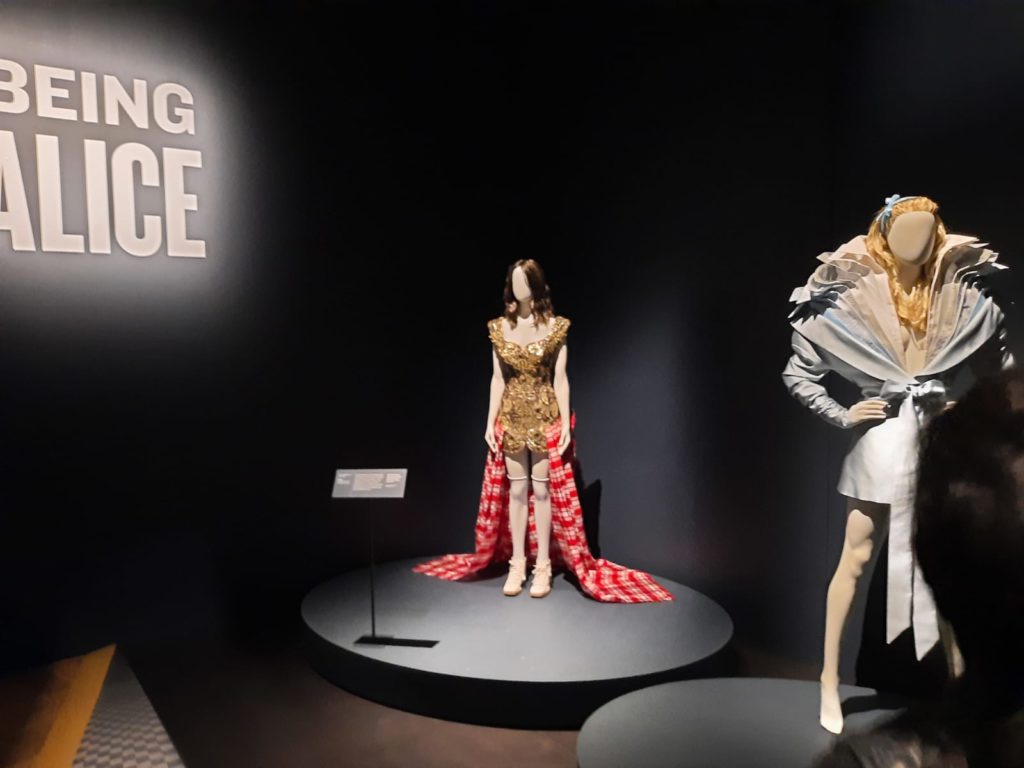
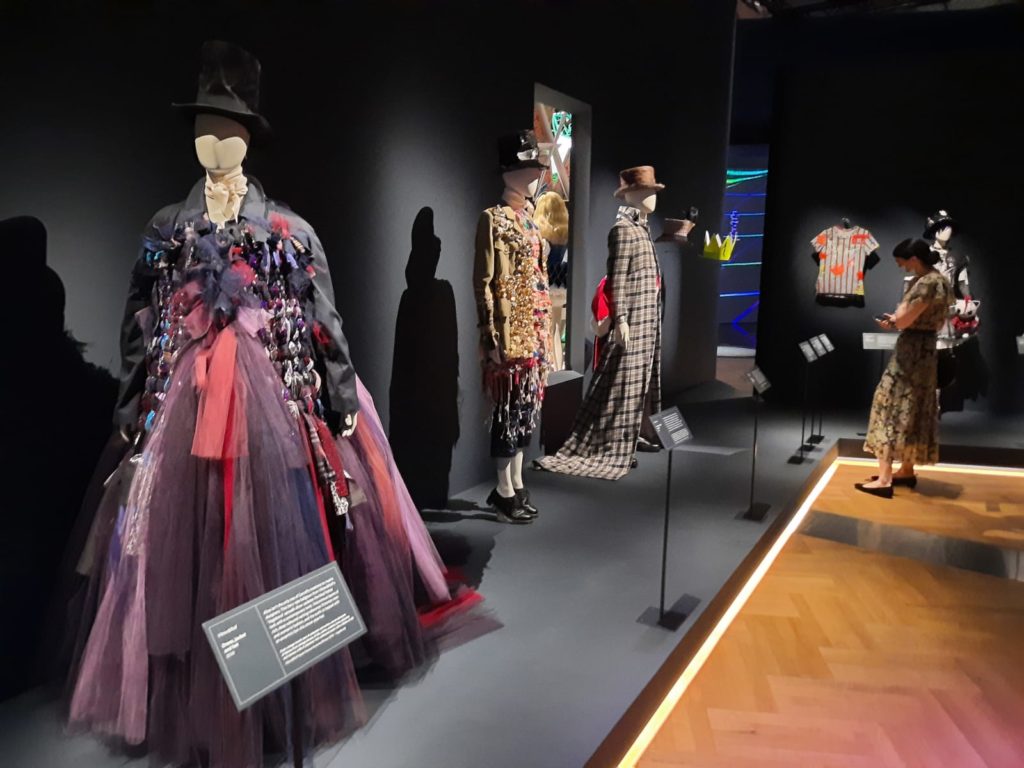
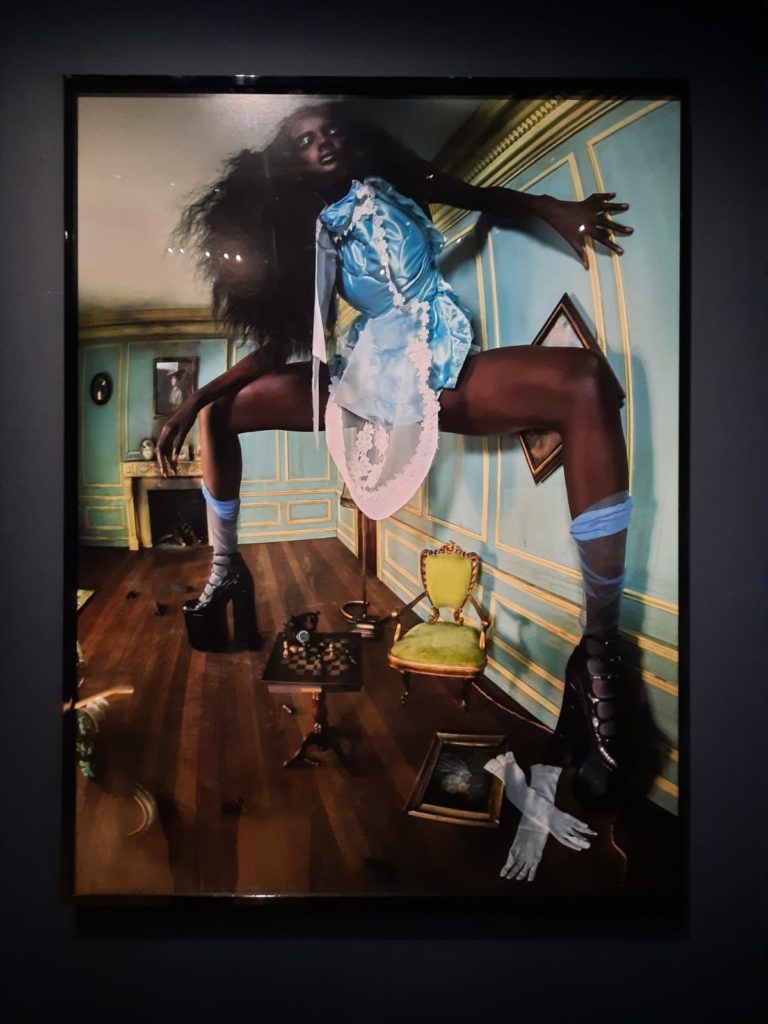
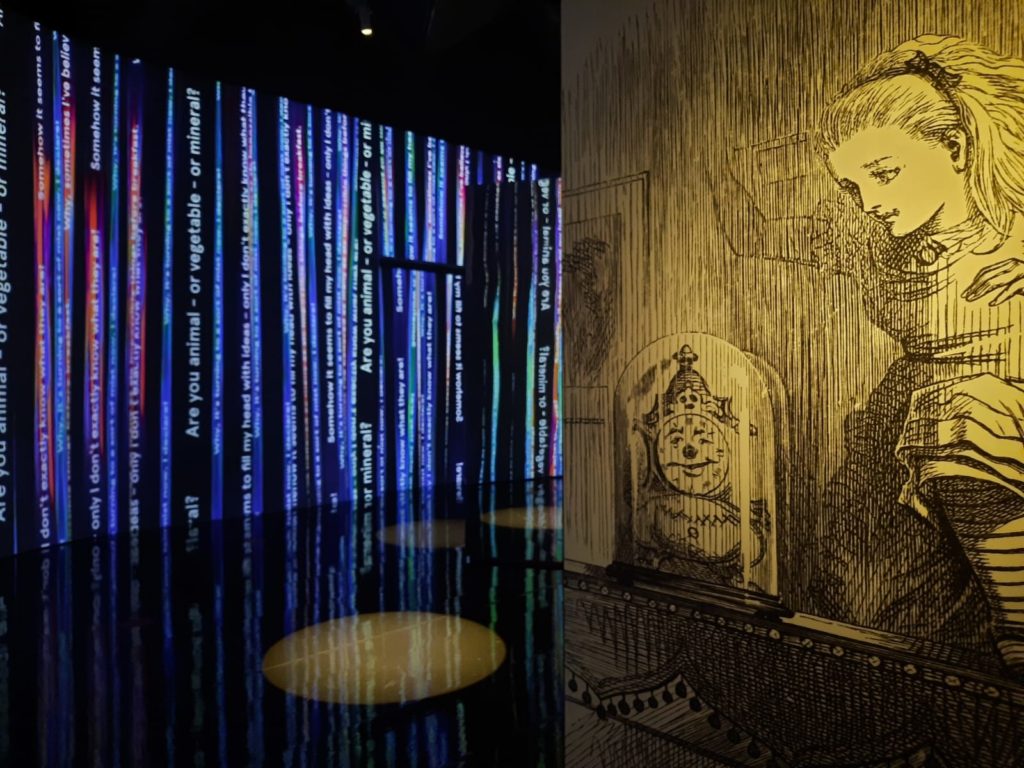
Being Alice
So as you move through the exhibition, basically the boundaries are pushed a little further each time. This final section, Being Alice, is a bit more conceptual but is essentially still about the influence this little book has had on later creative minds. The focus here is more specifically on fashion and contemporary music. The showstopper in this section is the ‘Infinity’ dress and ‘Omniverse’ sculpture by Iris van Herpen and Anthony Howe (video above). The kinetic infinity loop is absolutely mesmerising.
The Alice connection here is via CERN, as in that place in Switzerland with the Large Hadron Collider. That was my ‘huh?’ moment where I initially thought we had got to the point of grasping at straws for Alice connections. But it turns out CERN has an ALICE project, following their curiosity to investigate the origins of the universe. So I guess Lewis Carroll really did manage to inspire everyone in the end!
Bringing us right up to date is a nice way to finish the exhibition. It feels like you have travelled through time and space – from the Victorian era to the 21st century, and through a series of underground caverns before climbing back up the stairs to the gift shop. This is a fun exhibition! I don’t think you will need my encouragement to go and see it as it’s a big event on the London calendar for the year. But I hope you have enjoyed navigating Wonderland with me, particularly those of you who may not have the chance to see it in person.
Salterton Arts Review’s rating: 4/5
Alice: Curiouser & Curiouser on until 31 December 2021
Keep up with London museums and exhibitions via our weekly newsletter:
If you see this after your page is loaded completely, leafletJS files are missing.


4 thoughts on “Alice: Curiouser & Curiouser – V&A, London”